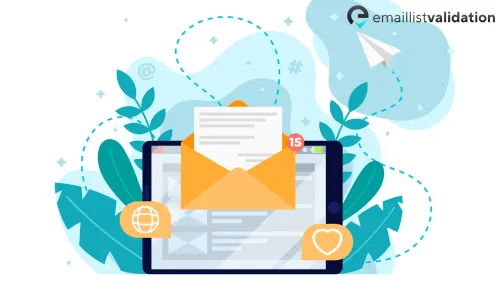Email marketing is a powerful tool for businesses to reach out to their target audience. However, it is not always easy to get your message delivered to the intended recipient. One of the biggest challenges in email marketing is dealing with bounces. Bounces occur when an email fails to reach its destination for some reason. There are two types of bounces: hard bounces and soft bounces. In this article, we will focus on hard bounces and explain what they are, why they occur, and how to avoid them.
What is a Hard Bounce?

A hard bounce is an email that is returned to the sender because it was permanently rejected by the recipient's mail server. This can happen for a variety of reasons, including:
- The email address is invalid or no longer exists
- The domain name is invalid or no longer exists
- The recipient's mail server has blocked the email
- The recipient's mailbox is full
When an email bounces, the sender receives a notification that the email was not delivered. If the bounce is a hard bounce, the email address is immediately removed from the sender's mailing list. This is because a hard bounce indicates that the email address is no longer valid and sending emails to it will only result in more bounces.
Why do Hard Bounces Occur?

There are several reasons why a hard bounce may occur. Some of the most common reasons include:
- The email address is no longer valid or does not exist
- The domain name is no longer valid or does not exist
- The recipient's mailbox is full
- The recipient's mail server has blocked the email
- The email message is too large
- The email contains spammy content that triggers spam filters
Hard bounces can also occur when an email is sent to an email address that has been deactivated or deleted. This can happen when a user closes their email account or switches to a different email provider.
How to Avoid Hard Bounces
Hard bounces can be avoided by taking several steps to ensure that your emails are delivered successfully. Here are some tips:
- Verify email addresses before adding them to your mailing list
- Use double-opt-in to confirm that subscribers want to receive your emails
- Remove email addresses that bounce from your mailing list immediately
- Monitor your email deliverability and reputation
- Avoid using spammy words and phrases in your email content
- Keep your email list up-to-date by removing inactive subscribers
By following these tips, you can reduce the chances of your emails bouncing and improve your email deliverability.
Conclusion
Hard bounces are a common problem in email marketing, but they can be avoided by taking the necessary precautions. By verifying email addresses, using double-opt-in, and monitoring your email deliverability, you can reduce the chances of your emails bouncing and improve your overall email marketing success.



